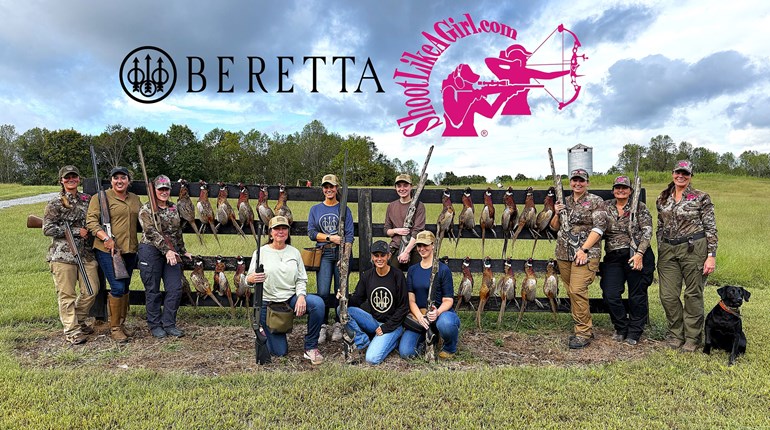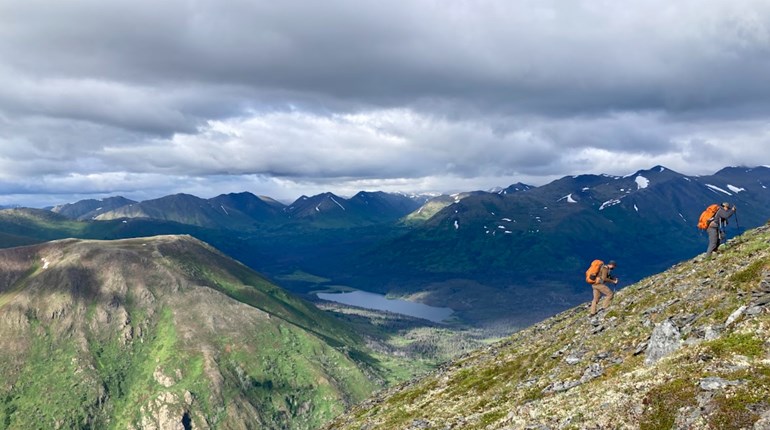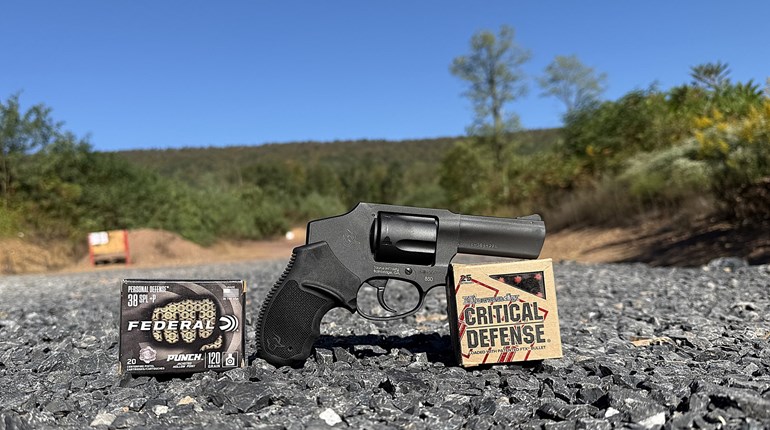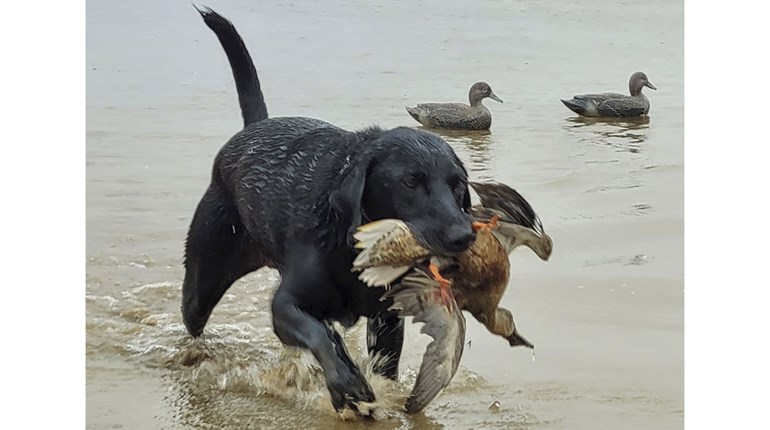
Whether you’re deep in the backcountry on a hunting trip or off the beaten path during a hike, knowing how to signal for help in a remote area can be a lifesaver. Preparation, creativity and quick thinking can make all the difference in such situations. Here, we explore three effective ways to ensure your call for help is seen or heard when you need it most.
One of the most traditional and versatile methods of signaling is through fire. Fire has been a communication beacon for centuries, and its effectiveness hasn't waned. If you are in distress, creating a fire that produces a large amount of smoke can increase your visibility to rescuers, especially from the air.
Choosing the right materials and location is the key to a good signal fire. Look for an open area where the fire's smoke can rise unobstructed. During the day, smoke is your primary signaling method, while at night, the flames themselves can serve as a literal beacon of light to your potential rescuers. If you are lucky enough to have a signal mirror or reflective material on hand, pairing the fire with a flashing reflection can further amplify your call for help.
Gather dry kindling to start your fire and gradually add greener, damp materials such as leaves or fresh branches to create a thick column of smoke. Be sure to build your fire safely, keeping it contained and manageable to avoid unintended consequences like wildfire.
Another tried and true method of signaling for help relies on sound. A good whistle or a loud voice can travel quite far in an otherwise quiet wilderness, but there’s more to it than just making noise. Consistency and rhythm are key to ensuring your signal is recognized as a distress call. Internationally, three short bursts of sound, whether from a whistle, airhorn, firearm or even banging on a hard surface, indicate that help is needed. It's important to pause for a moment after each sequence to listen for a response.
Sound signals are especially useful in dense forests or mountainous regions where visibility is limited, but sound carries. If a whistle isn't part of your gear, improvising with objects like metal canteens or clanging rocks together can also work. Remember that while shouting may seem like the easiest option, it can quickly tire you out and is less effective over long distances than a sharp, piercing whistle.
Visual signaling becomes your next best bet when neither fire nor sound seems practical. Visual signals can take many forms, from reflective objects to improvised symbols made from natural materials. A signal mirror is one of the most effective tools for catching the attention of rescuers. By angling the mirror to reflect sunlight, you can direct a bright flash toward a plane, helicopter or person in the distance. Even without such a mirror, any shiny surface, like a piece of foil or a polished piece of metal, can serve the same purpose.
Creating a large, high-contrast symbol on the ground can also do the trick if reflective materials are unavailable. Think of the universal "SOS" or a simple "X" created using rocks, logs or contrasting items like clothing or tarps. Remember, the bigger the symbol, the easier it is to spot. Placing it in an open area, such as a clearing or along a ridgeline, increases the likelihood of it being seen from the air.
Each of these signaling methods has its strengths, but their effectiveness depends on your surroundings and the resources you have at hand. The benefits of these techniques lie in their simplicity, as they can be employed with little more than items from your immediate surroundings and a bit of ingenuity.
With that being said, preparation is always key when it comes to keeping yourself out of these situations. Ensuring that your survival gear includes signaling devices like a whistle, matches or a reflective surface can make all the difference if an emergency should arise.
The great outdoors can be unpredictable, and even the most seasoned adventurers may one day find themselves in a bind. By understanding how to use fire, sound and visual signals, you can improve your chances of being found quickly, allowing you to turn a potentially dire situation into a story of resilience and preparedness. Stay safe out there, and remember: The best adventure is the one you live to tell.







































